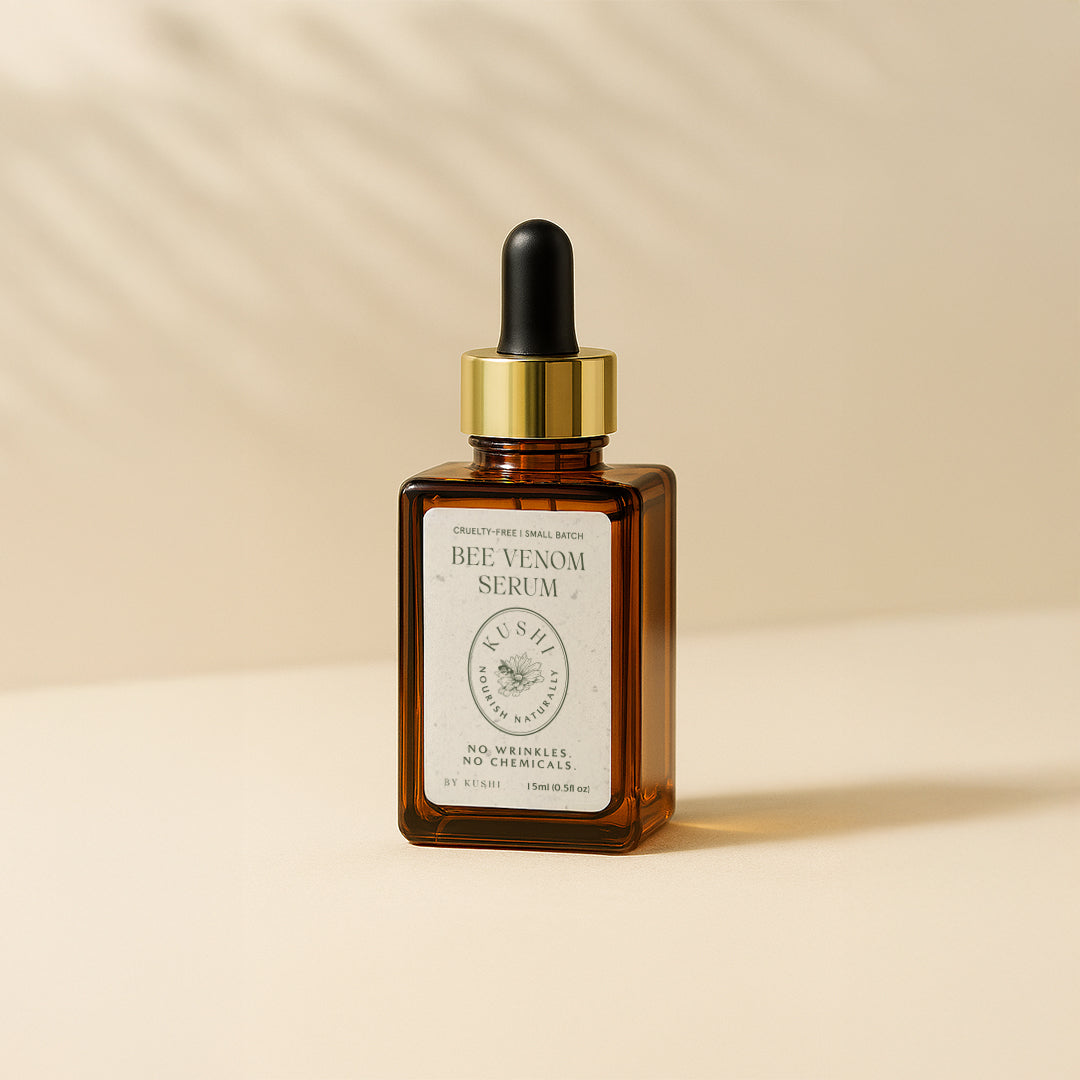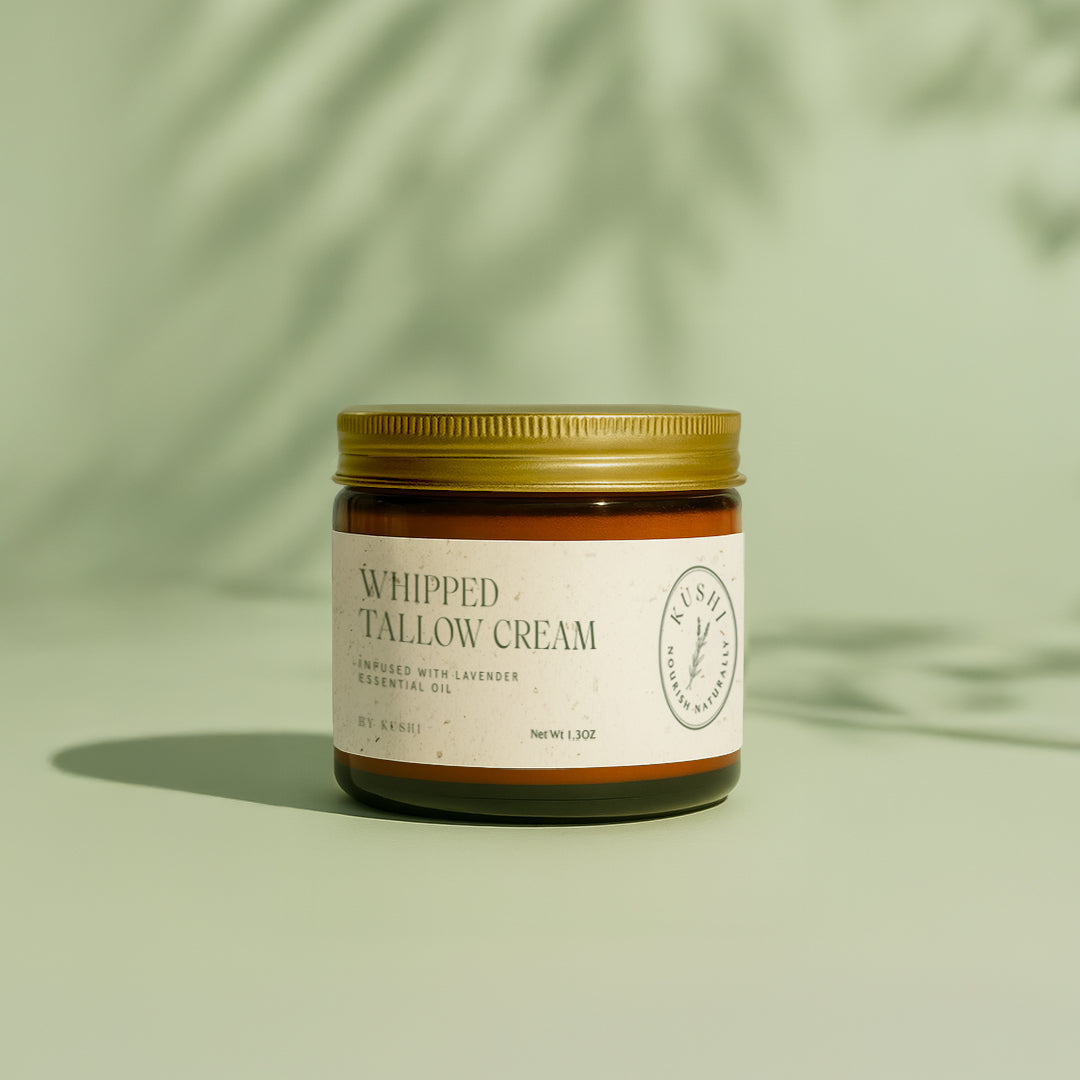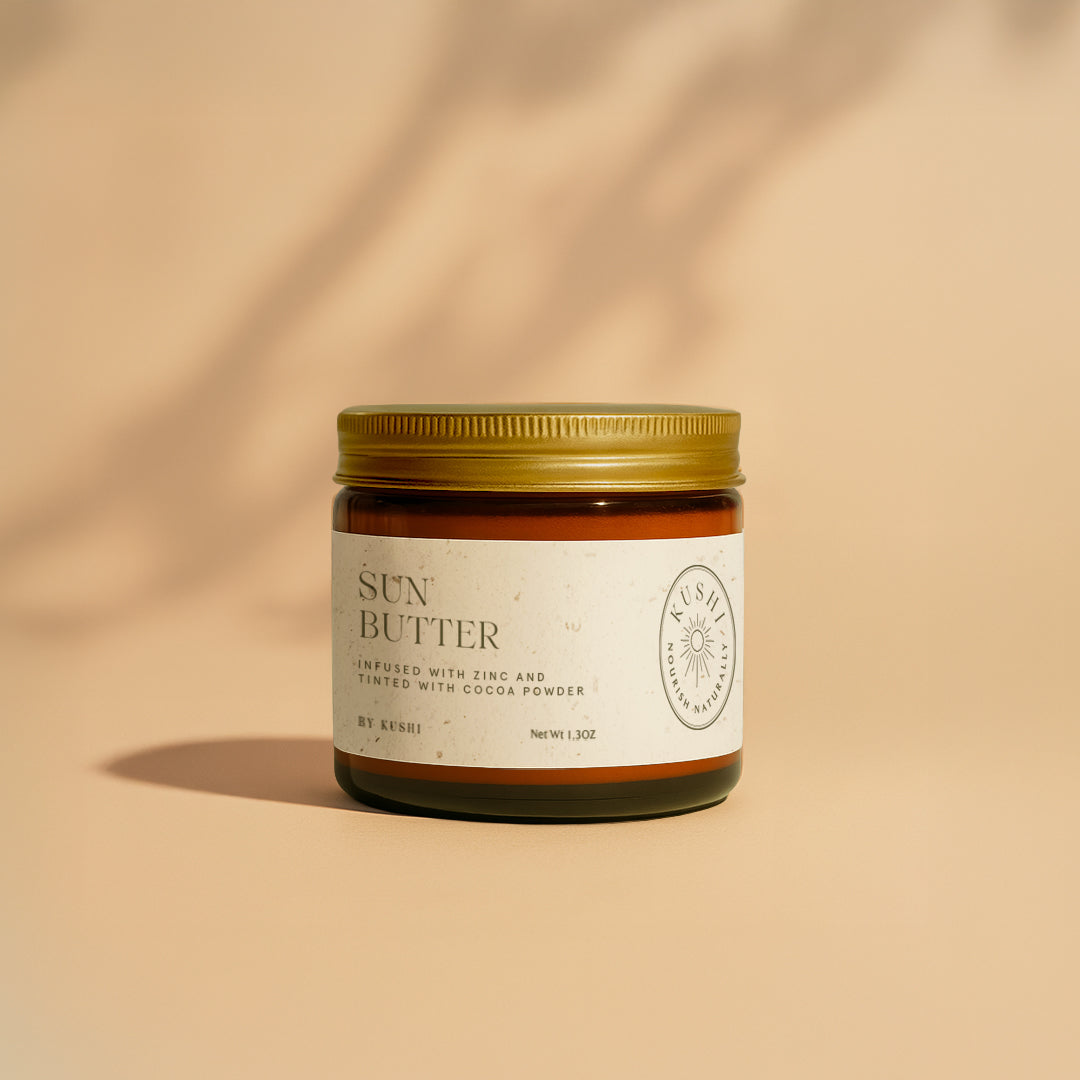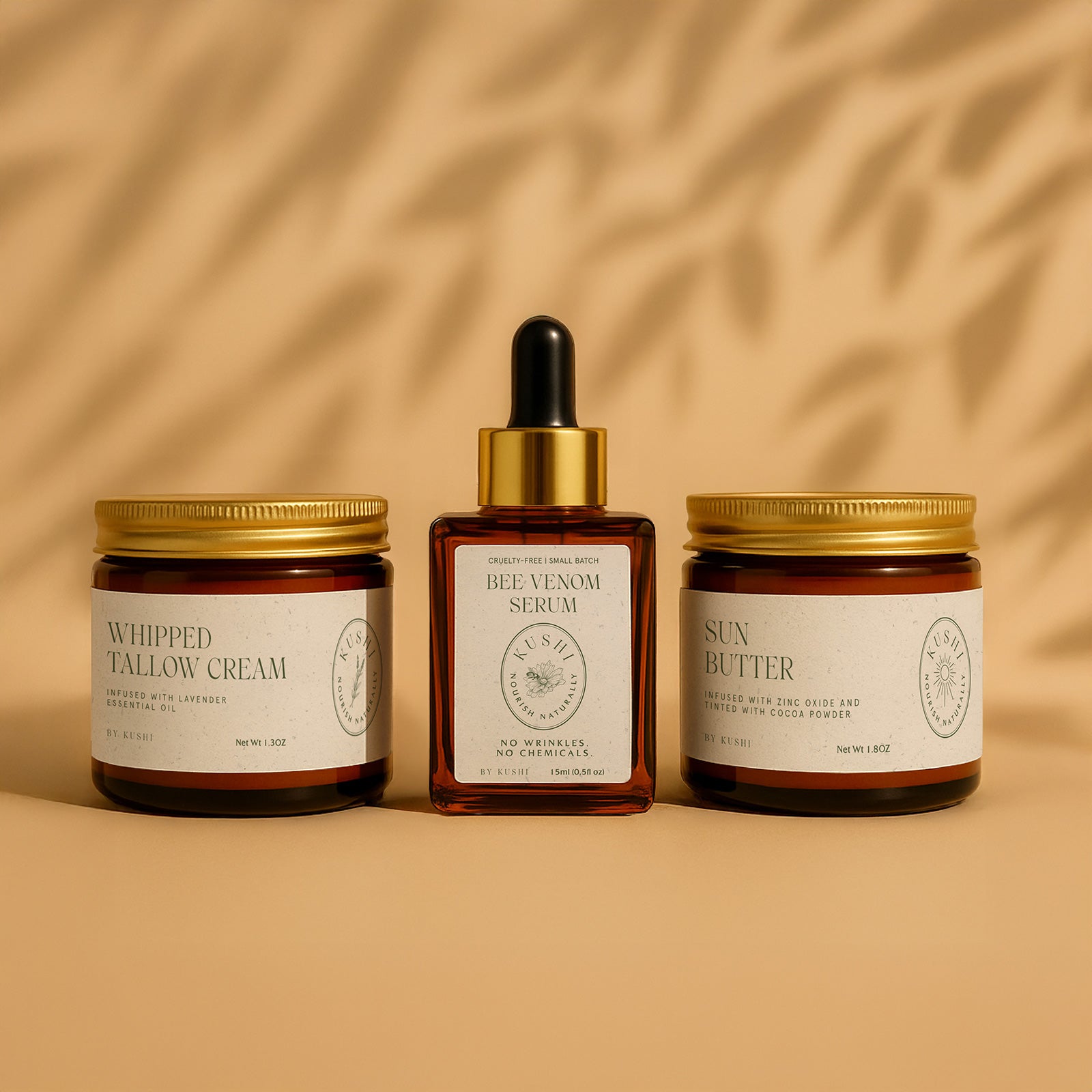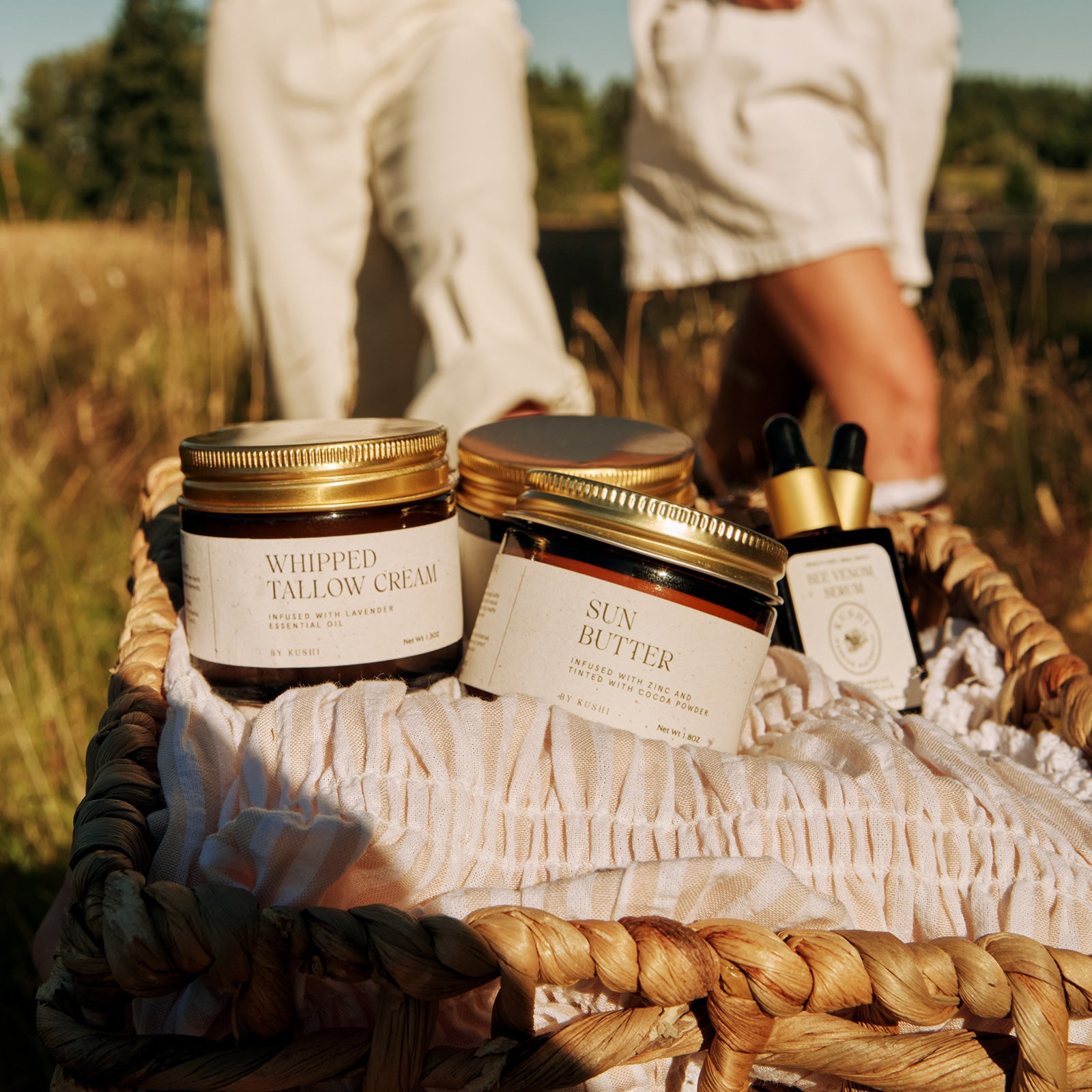Paraben Free Face Moisturizer
Does your face feel calm for five minutes and then tight again? Your skin might not like long labels and harsh preservatives. A paraben free face moisturizer keeps things simple. It focuses on comfort and steady hydration.
4.7 / 5.0
(197) 197 total reviews
Whipped Tallow Cream
Our best-selling grass-fed Whipped Tallow Cream, is a premium, natural moisturizer rich in Vitamins A, D, E, and K. Its gentle formulation makes it an ideal solution for various skin concerns, including dry skin, eczema, psoriasis, rosacea, and acne.
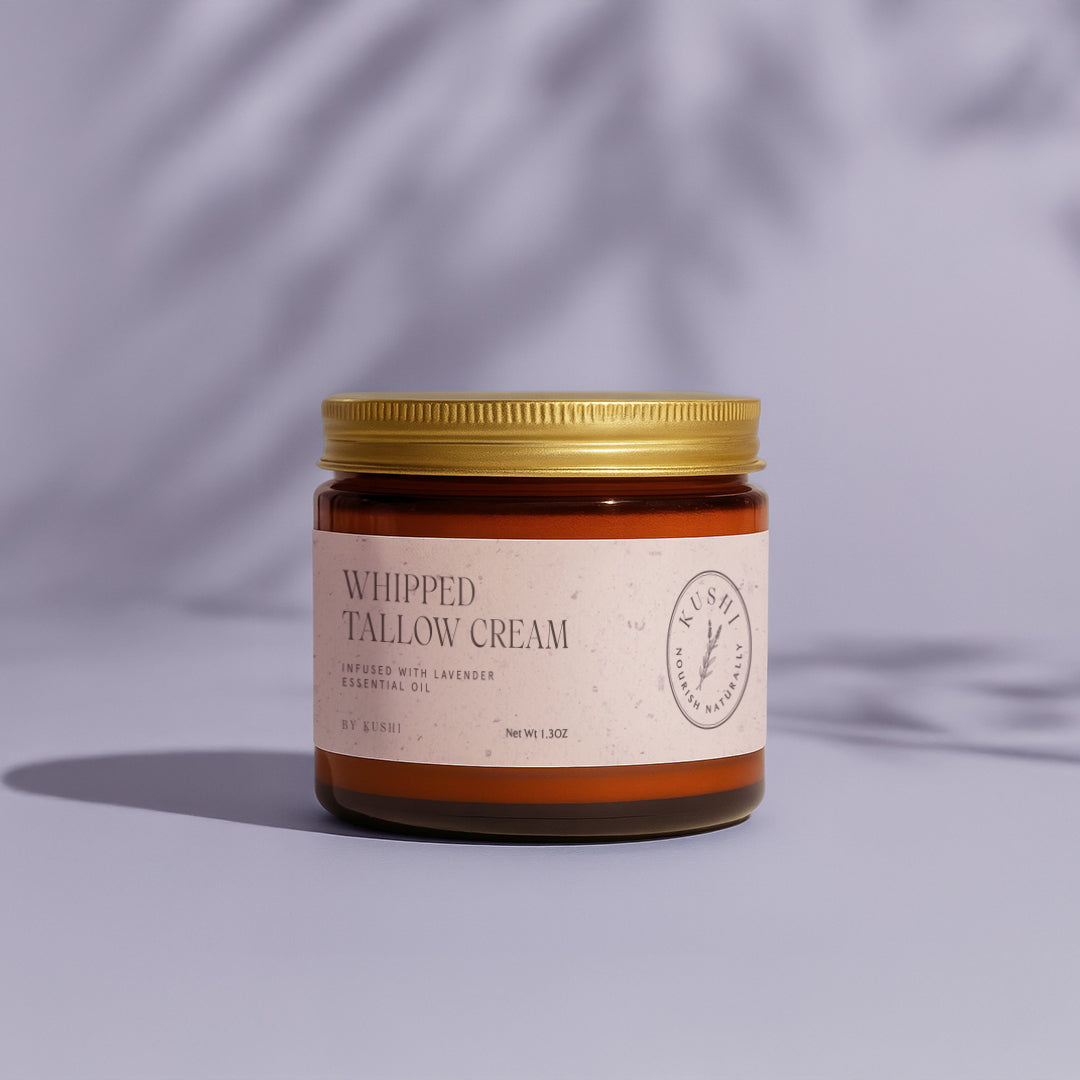
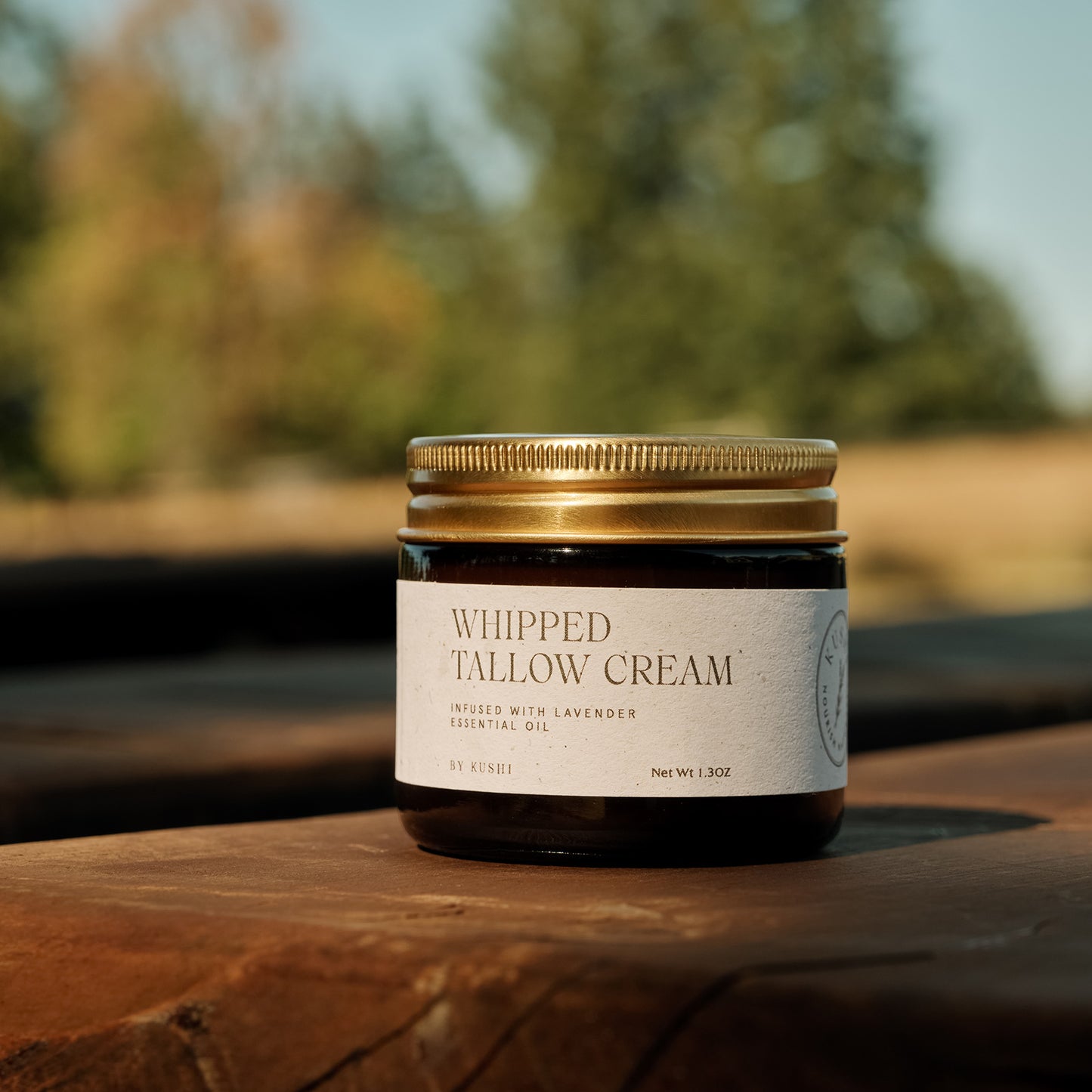
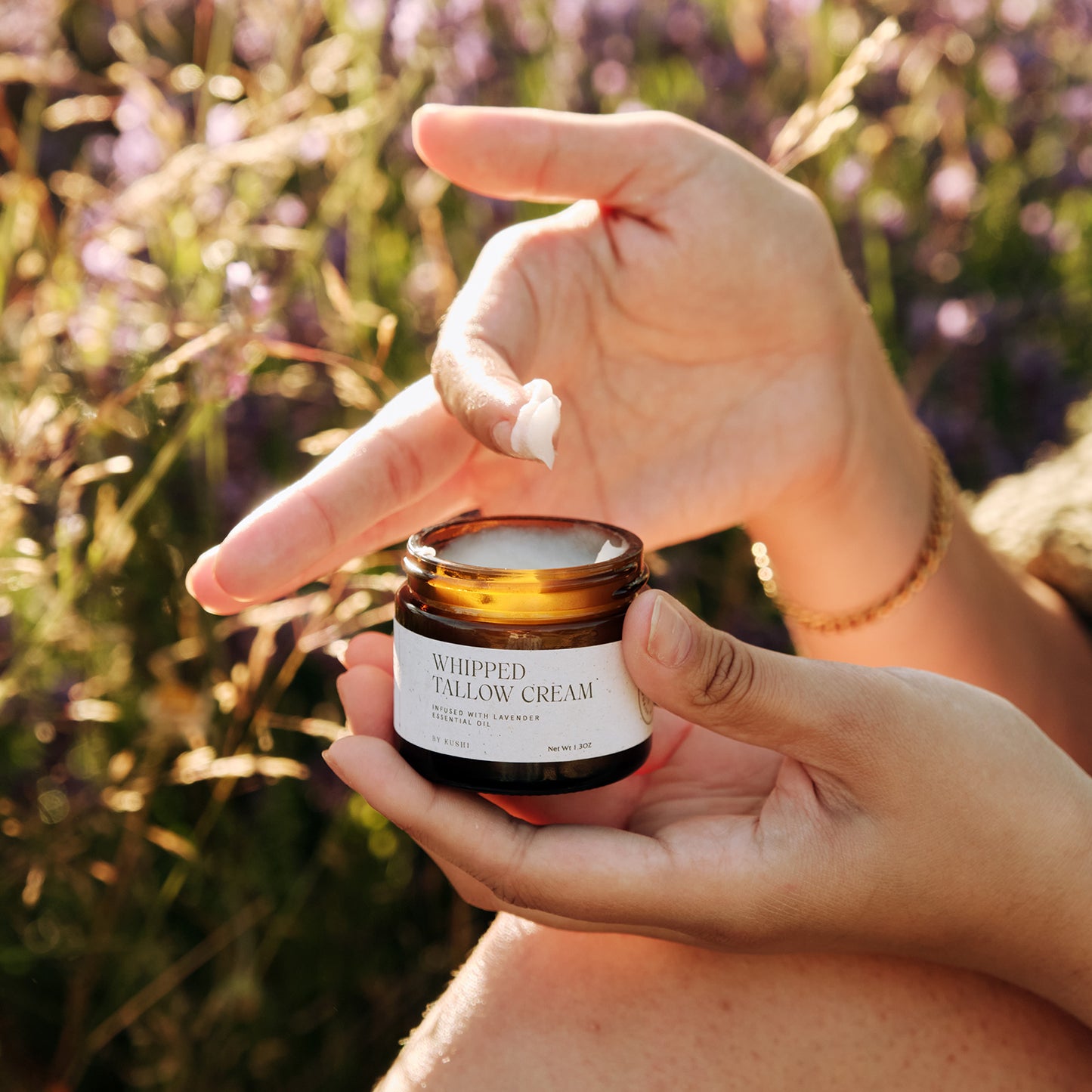
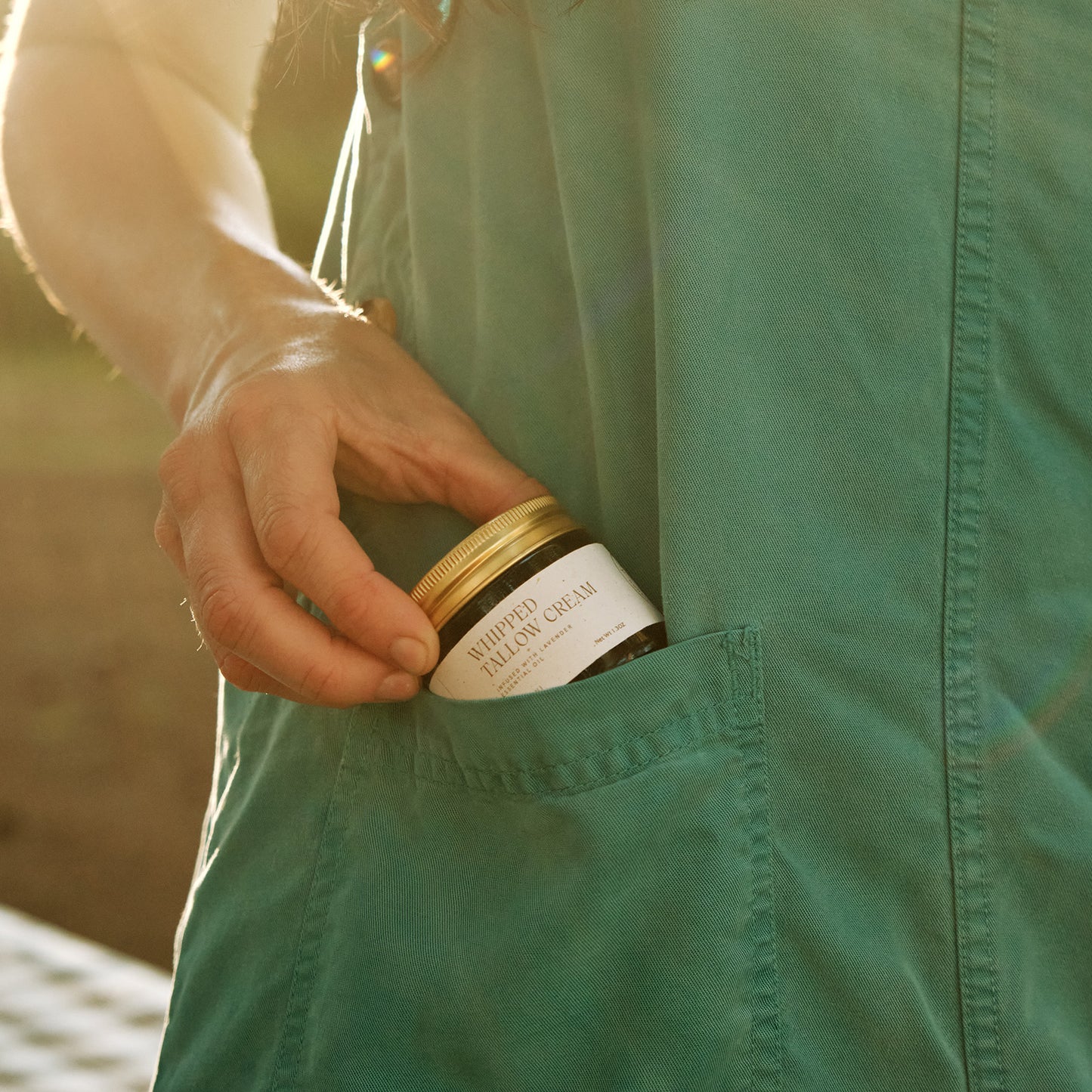
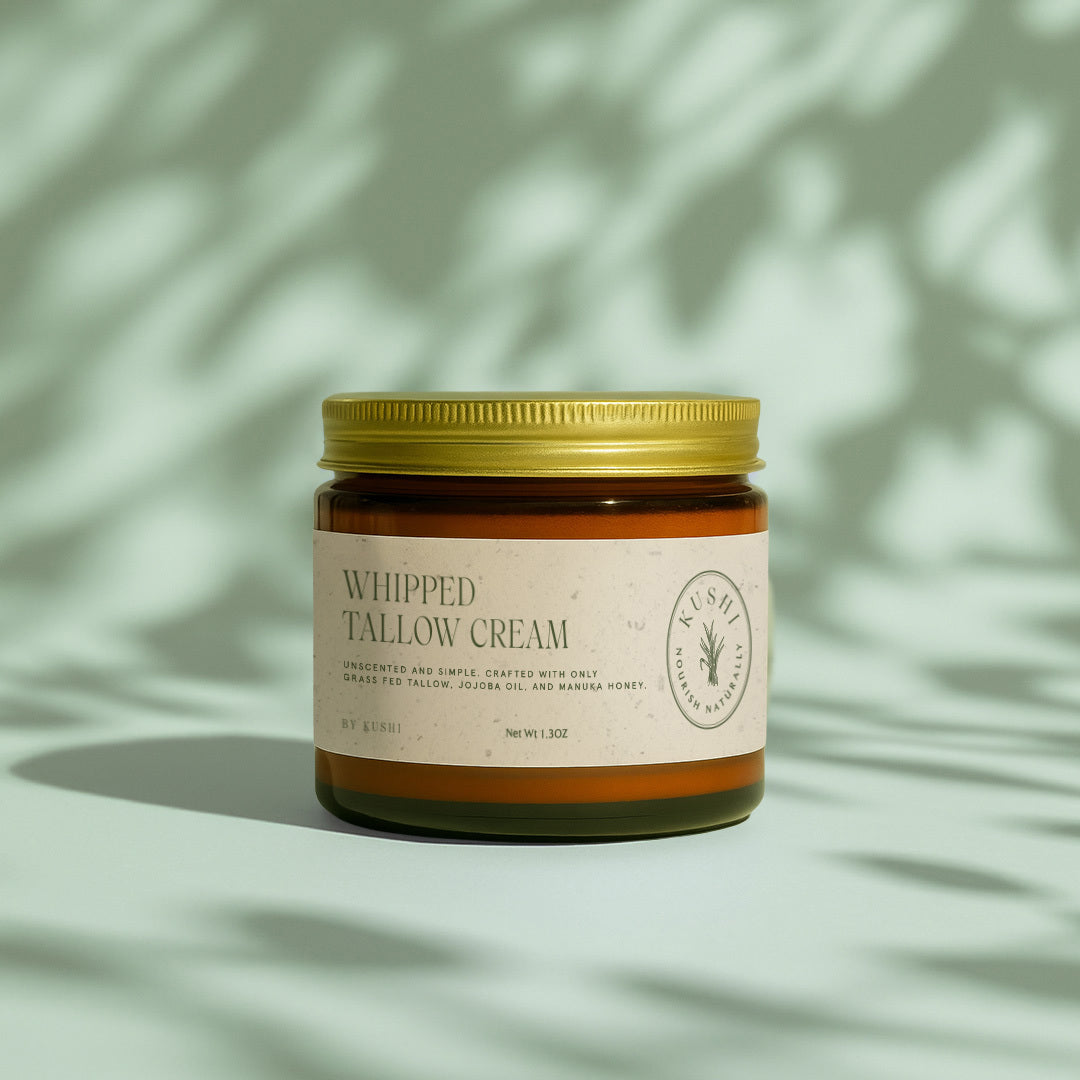
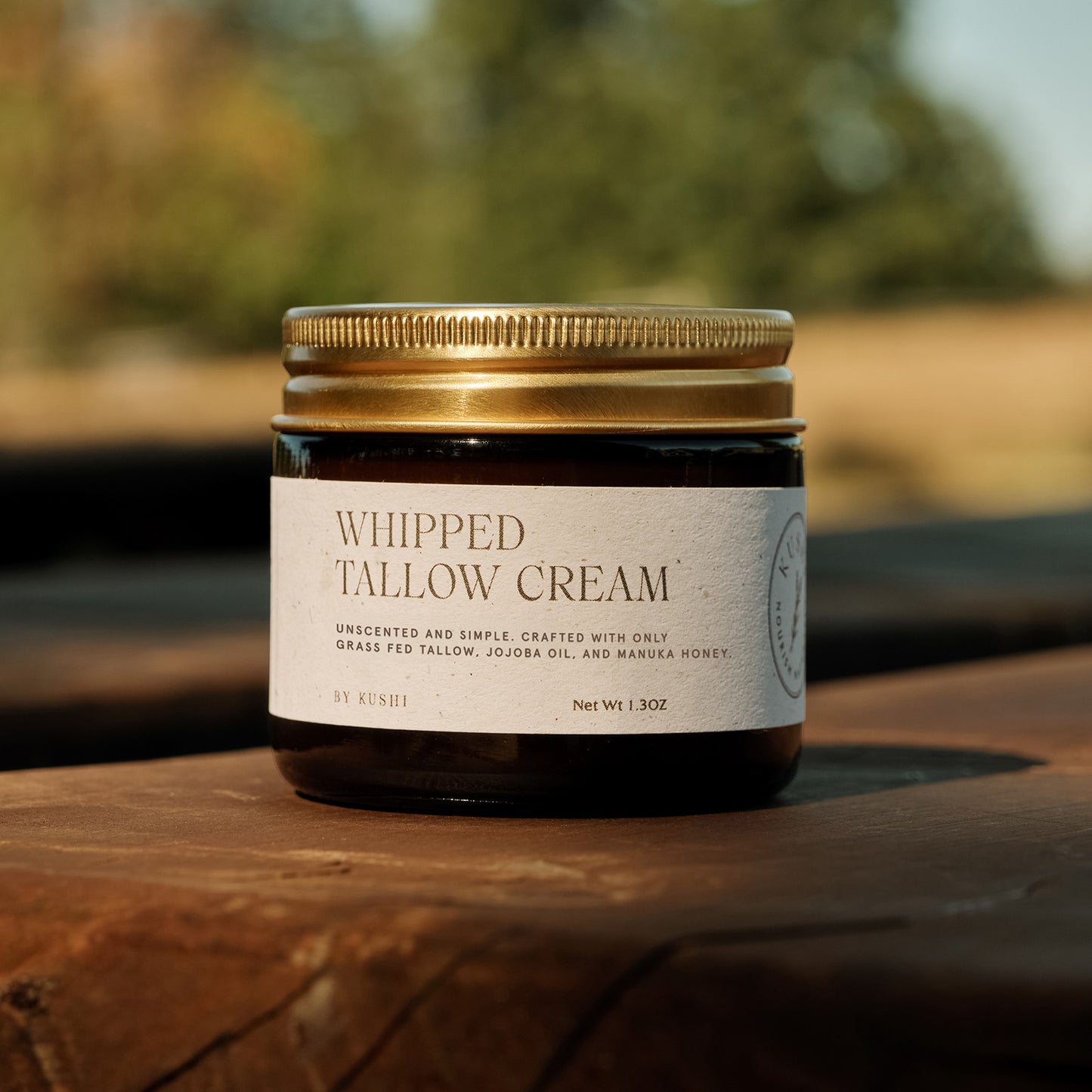
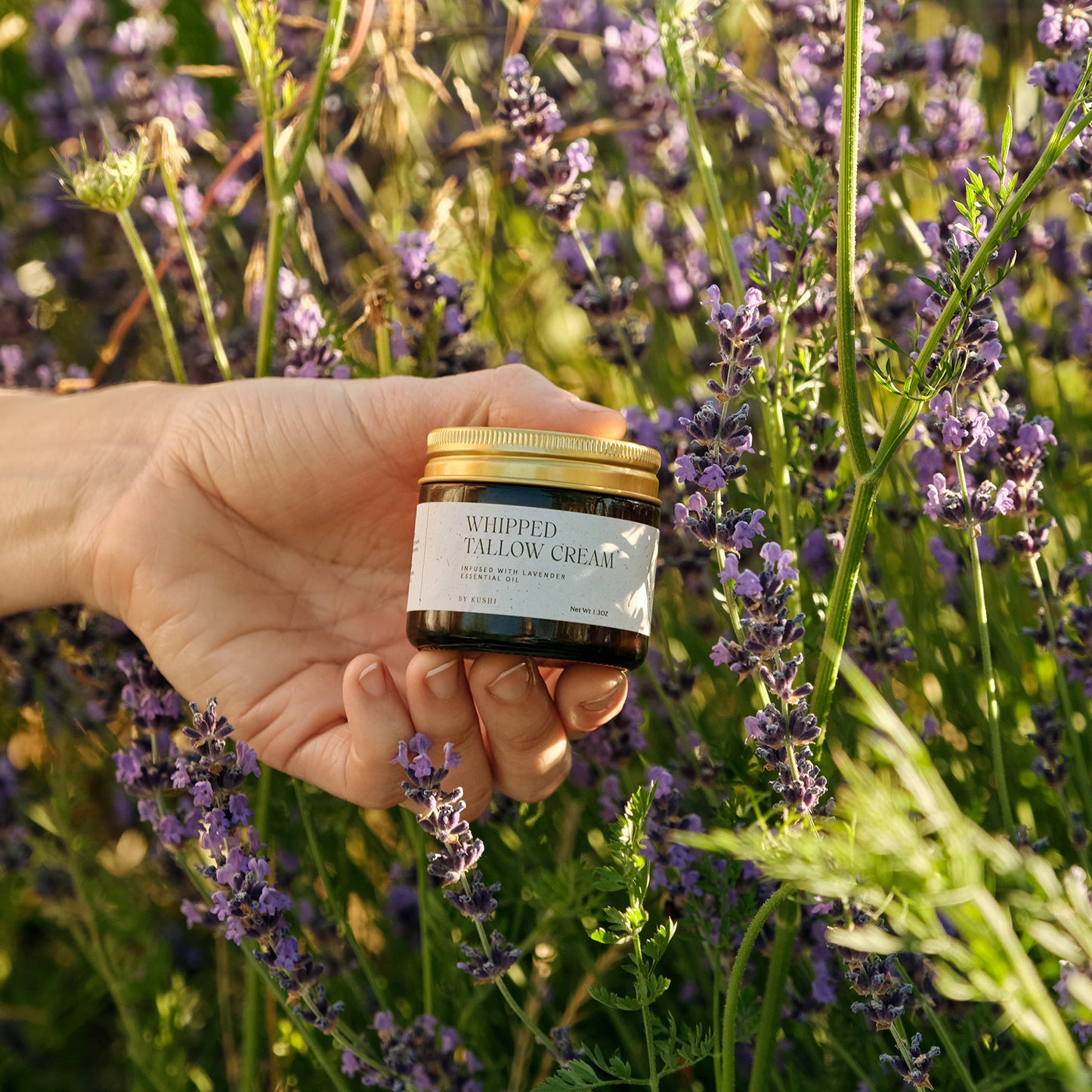
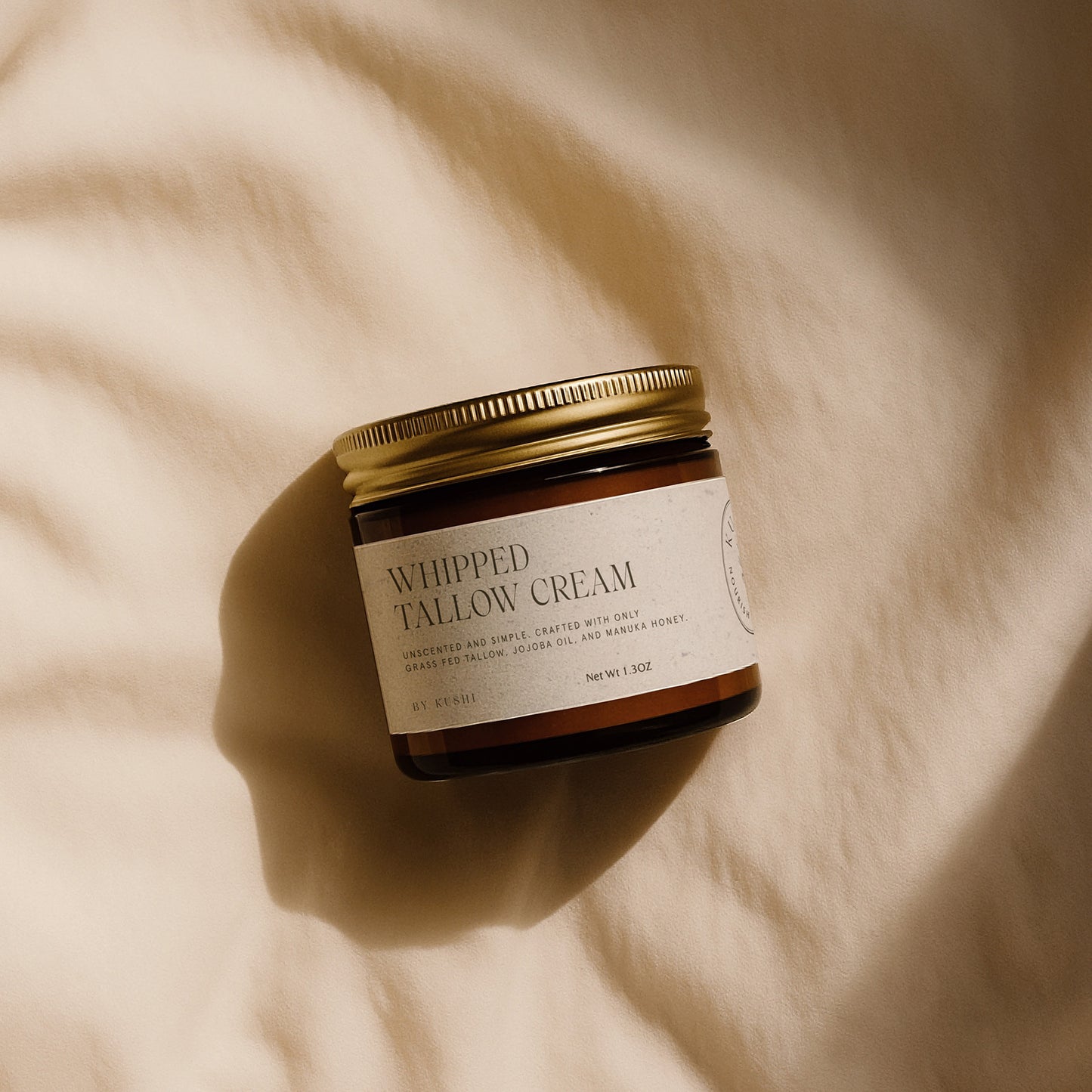
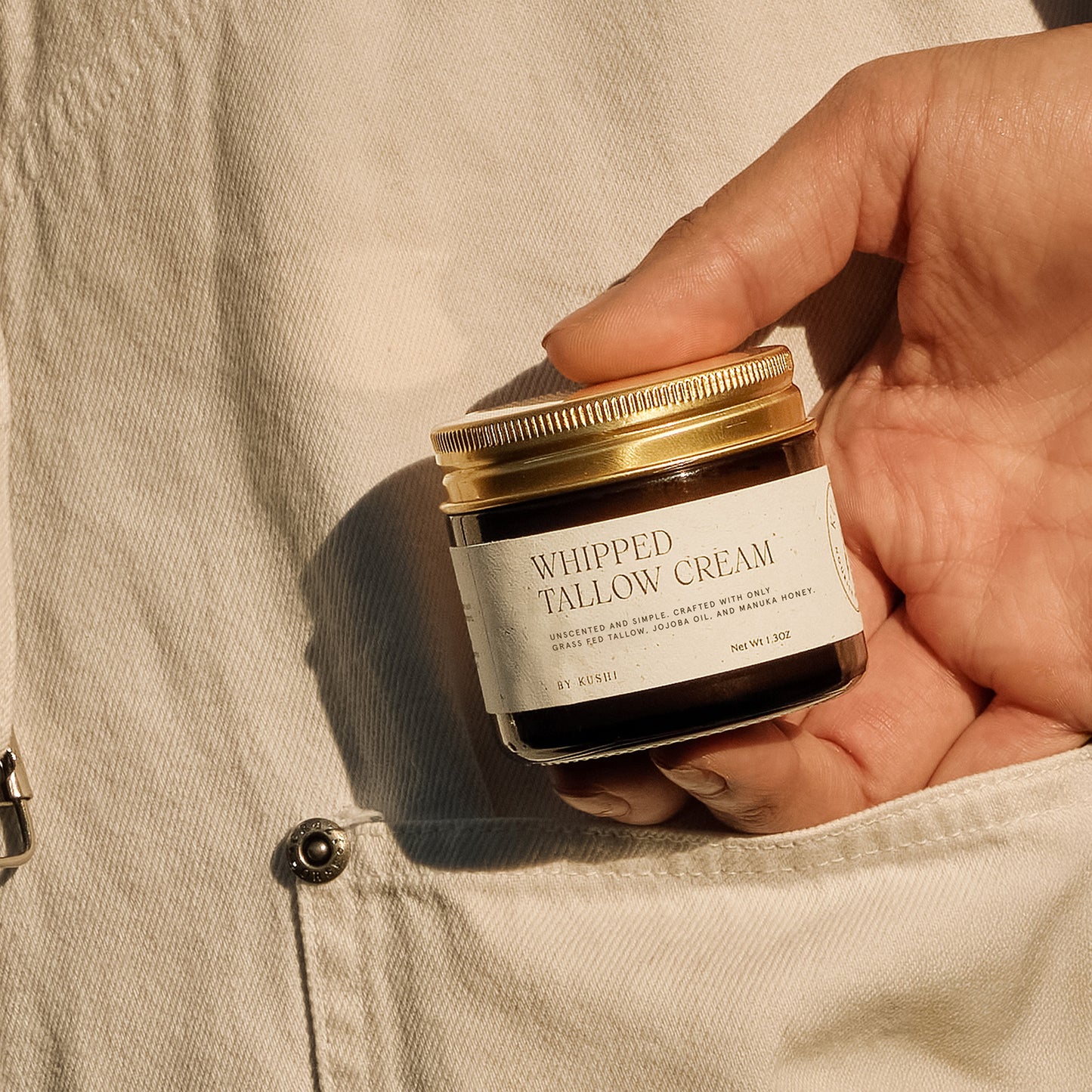
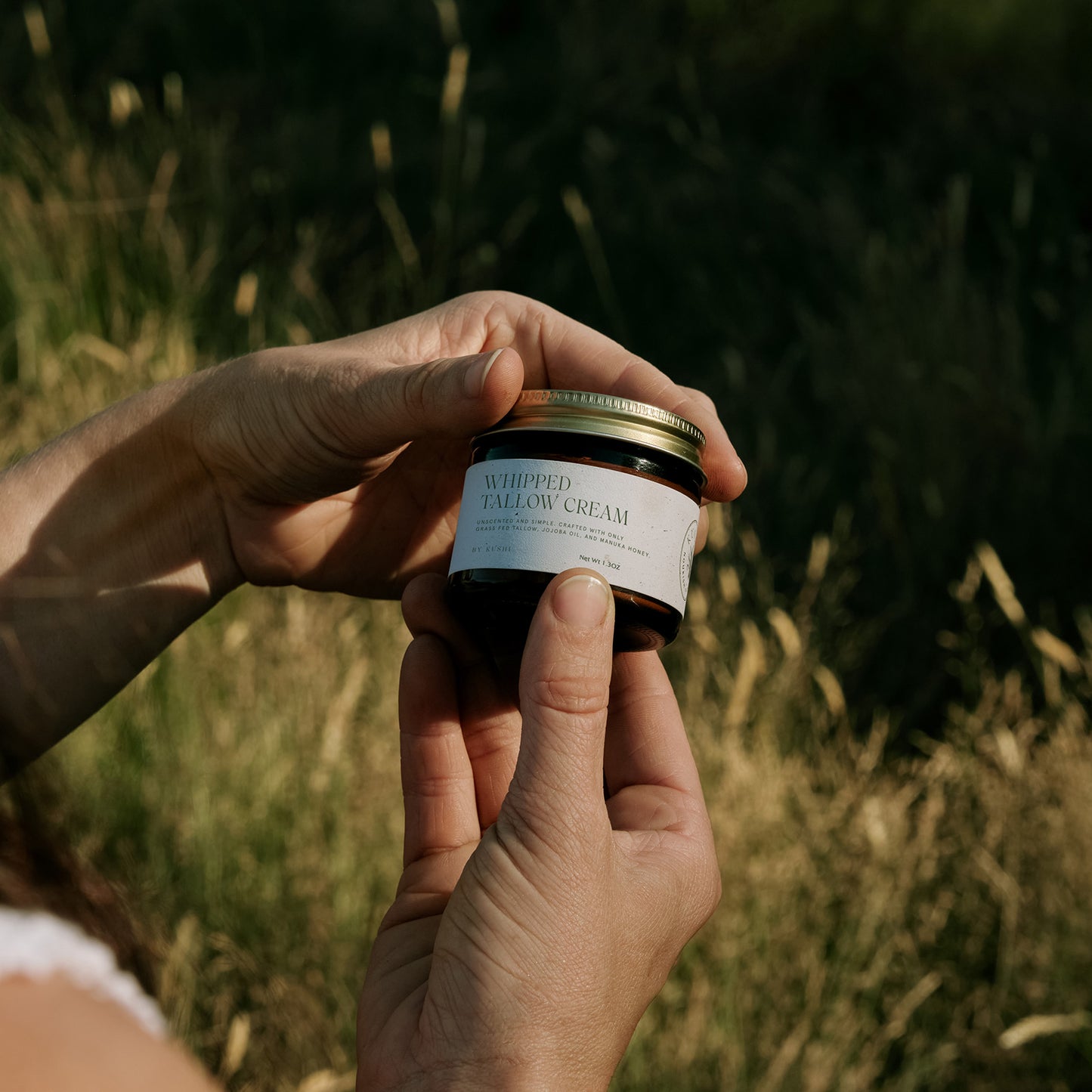
What “Paraben Free” Means For Your Face
Parabens are preservatives. They extend shelf life. Many people prefer to avoid them on the face, neck, and eye area. A paraben free moisturizer for face uses other methods to stay fresh.
This can include careful packaging and short, purposeful ingredients. It can also include making smaller batches more often. The result is a calmer experience for sensitive skin. The texture stays soft and wearable.
Who Benefits Most
Sensitive or reactive skin often prefers fewer extras. A paraben free face moisturizer keeps the focus on comfort. Dry or mature skin also enjoys the cushioned feel and steady hydration. Makeup sits better because dry patches lie flat.
If you are oily or combination, keep application light. Press a thin layer on damp skin. Keep the T‑zone minimal. Add a touch more only where you feel dry.
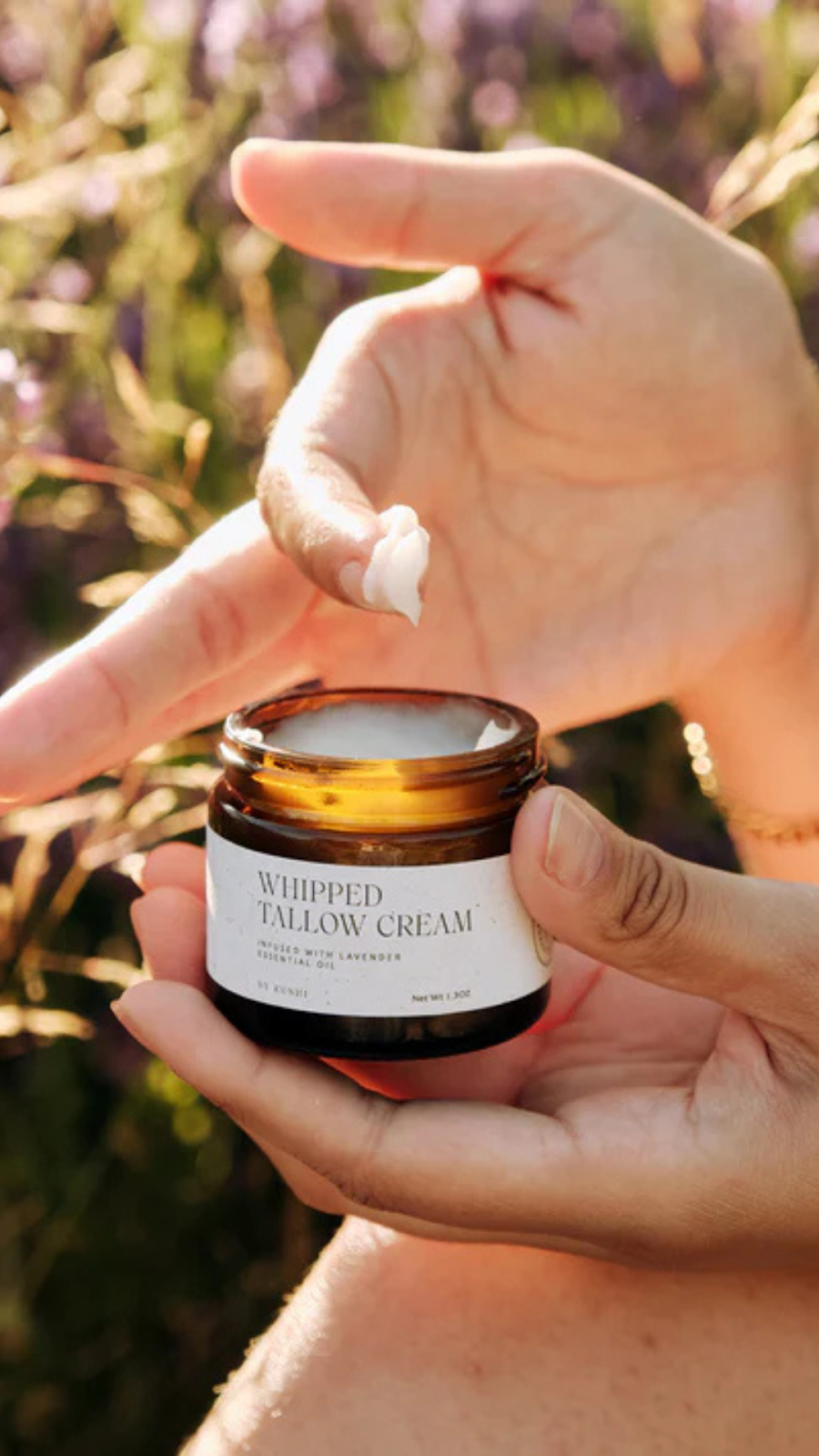
Texture, Scent, And Finish
A good paraben free moisturizer for face should feel soft in the jar and melt at skin temperature. It should spread thin without tugging. The finish needs to be cushioned, not greasy. If you see shine at first, give it one minute to settle.
Scent should be mild and clean. Some formulas are unscented. Others use a light natural aroma. If your skin is reactive, choose unscented to play it safe.
How To Use It In The Morning
Start with clean, slightly damp skin. Warm a pea‑size between your fingers. Press a whisper‑thin layer into cheeks, forehead, and jaw. Add a touch more only where you feel dry.
Let each step settle for a minute. If you wear daytime protection, apply it after your moisturizer. Keep layers light so makeup wears well. Aim for a smooth, soft base.
How To Use It At Night
Cleanse well and pat your face damp. If you use water‑based serums, apply them first. Let them absorb. Then seal with a thin layer of your paraben free face moisturizer.
If you use strong actives on alternate nights, you can buffer them. Place a very thin layer of moisturizer before and after the active. Watch your skin and adjust the order and amount as needed. Comfort is the goal.
How To Choose The Best Paraben Free Face Moisturizer
Start with the label. Short is best. Look for five to seven purposeful ingredients. Avoid heavy perfumes or long lists of extras.
Check texture. It should feel soft and turn silky when warmed. The finish should be comfortable and easy to wear. The best paraben free face moisturizer gives you cushion without a film.
Consider packaging and freshness. Opaque or amber glass helps protect the formula. A batch date is a plus. Choose a size you can finish in three to six months.
Common Mistakes And Quick Fixes
Using too much is the most common issue. If your face feels slick, cut the amount in half. Press, do not rub. Apply on damp, not wet, skin.
If you notice pilling, wait a full minute between steps. If your T‑zone runs oily, keep product off the center of the face in the morning. Use a touch more at night. Small changes make a big difference.
Storage, Shelf Life, And Care
Keep your jar cool, dry, and out of sun. Close the lid tightly each time. Use clean, dry hands or a spatula. Try not to get water into the jar.
Most paraben free formulas are best within three to six months after opening. Watch for changes in scent or color. Replace if it smells smoky or rancid. Fresh product feels and smells mild.
Sensitive Skin: Why Paraben Free Helps
If your face gets red or itchy, fewer extras can help. A paraben free face moisturizer keeps preservation simple and gentle. It relies on short labels and careful packaging rather than strong preservatives.
That means fewer chances for your skin to react. Comfort shows up fast when formulas avoid common triggers. The texture should feel soft and easy to wear. It should sink in and leave a cushioned finish.
Use a tiny amount and add more only where you feel dry. Give it one minute to settle. Many people notice that makeup sits flatter and looks smoother. The best paraben free face moisturizer supports a quiet, steady routine. Your face should feel calm all day.
Barrier Basics In Plain Language
Your barrier is the top layer of your skin. Think of it like shingles on a roof. When it is dry or stressed, tiny gaps let water escape. A paraben free moisturizer for face fills those gaps with skin‑friendly lipids and humectants. Water stays in. Tightness fades.
Redness looks softer. The surface feels smooth, so makeup does not catch. Keep application thin. Press, do not rub. Your barrier does not need many steps. It needs the right step. A simple paraben free face moisturizer can be that step.
Patch Testing: The Simple Way To Start
Test new things before you go all in. Clean a small spot along the jawline. Let it dry. Apply a rice‑grain amount of your paraben free face moisturizer. Leave it on without layering other products. Check the area at 24, 48, and 72 hours. You are looking for lasting redness, bumps, or itch.
A brief pink flush that fades is common. Lasting irritation is not. If the spot stays calm, try every other night on one cheek. Then move to the full face. This slow start helps you find your comfort zone. It is the easiest path to the best paraben free face moisturizer for your skin.
Makeup Wear: Smooth Base Without Pilling
A good base makes makeup easy. Start with clean, slightly damp skin. Warm a pea‑size of moisturizer and press a thin layer over cheeks, forehead, and jaw. Keep the T‑zone light. Wait one full minute.
Apply your daytime protection. Give that a minute too. Now add makeup with a soft hand.
Cream and stick textures glide well over a smooth base.
Powder looks better because dry spots lie flat. If you see pilling, you used too much or rushed layers.
Use less and slow down. A paraben free moisturizer for face should make makeup easier, not harder.
Skin Types: Picking The Right Texture
Dry skin likes a cushioned feel. Choose a soft cream that melts fast and leaves a comfortable finish. Sensitive skin prefers short labels and little to no scent.
Combination skin needs balance. Use a whisper‑thin layer on the T‑zone and a touch more on the cheeks.
Oily skin can still use moisture. Keep it light and use it mostly at night.
Mature skin appreciates a silky glide and a rested look. If you are unsure, start small and build up.
The best paraben free face moisturizer is the one you enjoy using every day. Your skin will tell you when you found it.
Seasonal Tips: Winter To Summer
Weather changes your skin. In winter, air is dry and indoor heat pulls moisture out. Use a little more and press it in over damp skin. In spring, ease back as humidity rises. In summer, keep layers light and let each step settle.
Focus on cheeks and skip the center of the face if you run oily. In fall, add a touch more at night when wind picks up. These small changes keep your barrier steady. A paraben free face moisturizer adapts with you. Simple shifts, better comfort, all year long.
Packaging And Freshness: Why It Matters
Fresh product feels better. Look for opaque or amber packaging that keeps light out. Close the lid tight after each use. Use clean, dry hands or a spatula. Do not get water into the jar. Store it away from steam and heat. Many paraben free formulas are made in small batches. That keeps texture silky and scent mild.
Plan to finish the jar within three to six months. Check for batch dates when you can. The best paraben free face moisturizer will tell you how it stays fresh. Good care on your end keeps it that way.
Travel And On‑The‑Go Routine
Keep your routine simple when you are away from home. Decant a small amount into an opaque, travel‑size container. Label it clearly. Pack it in a zip bag so heat and spills do not reach it. Store it inside your carry‑on, not against a hot window. Use clean, dry hands or a spatula when you scoop. Do not add water to thin the texture.
After a flight or a long drive, cleanse, then press in a thin layer of your paraben free face moisturizer. Focus on cheeks and around the mouth where tightness shows first. Give it one minute to settle. Add daytime protection if you are heading outside. At the gym, cleanse sweat promptly and reapply a small amount. Keep layers light so skin feels fresh.
New climates can change how skin behaves. Dry air needs a touch more. Humid air needs less. Start with the smallest amount and adjust day by day. The best paraben free face moisturizer should feel comfortable anywhere. With clean hands, smart storage, and thin layers, your skin stays calm on the go.
Read Also:
Frequently Asked Questions
What makes a moisturizer “paraben free”?
“Paraben free” means the formula does not include parabens as preservatives. The brand uses other ways to keep the product fresh. This can include shorter labels, careful packaging, and small batches. Always check the ingredient list to confirm.
Is a paraben free moisturizer for face better for sensitive skin?
It can be a gentler choice for many people. Fewer extras mean fewer potential triggers. Short labels keep the focus on comfort and hydration. Patch test first if your skin is very reactive.
What is the best paraben free face moisturizer for oily or combination skin?
Look for a soft, fast‑absorbing texture. Use a whisper‑thin layer on damp skin. Keep the T‑zone light and add more on the cheeks. The best paraben free face moisturizer should feel cushioned, not slick.
Can I use it with serums and daytime protection?
Yes. Apply water‑based serums first and let them sink in. Seal with a thin layer of moisturizer. Finish with your chosen daytime protection. Keep amounts small so each step wears well.
Will a paraben free formula last as long on my shelf?
Shelf life can be shorter. Many brands make smaller batches to keep things fresh. Store it well and close the lid tight. Plan to finish the jar in three to six months after opening.
How much should I use on my face?
Less than you think. Start with a pea‑size and warm it well between your fingers. Press into skin and add a tiny bit more only where you feel dry. This keeps the finish smooth and wearable.
